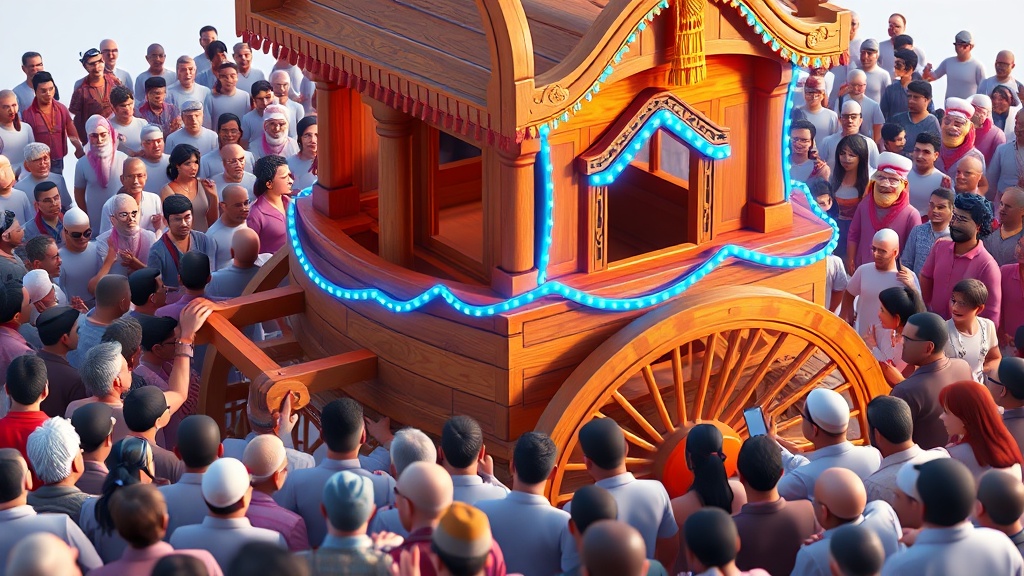Home / Lifestyle / Bastar's 75-Day Dussehra: A Tribal Celebration Honoring the Goddess
Bastar's 75-Day Dussehra: A Tribal Celebration Honoring the Goddess
1 Oct
Summary
- Bastar's Dussehra has no ties to the Ramayana, focuses on Goddess worship
- Muria Darbar ritual allows tribals to voice demands to Union Home Minister Amit Shah
- Centuries-old festival features iconic wooden chariots, sacred rituals, and community participation

As the rest of India associates Dussehra with Lord Ram's victory, Bastar's Dussehra celebration in Chhattisgarh has no ties to the Ramayana. Instead, this centuries-old festival is a 75-day homage to Devi Shakti, revering Goddess Danteshwari and Mavli.
On July 24, 2025, the world-renowned Bastar Dussehra formally began with the 'Paat Jatra' ritual at the Danteshwari temple. The festival features two iconic wooden chariots - the Phool Rath and the Vijay Rath - whose origins trace back to Bastar's connections with Lord Jagannath of Puri.
This year, the spotlight intensifies as Union Home Minister Amit Shah is scheduled to attend the 'Muria Darbar' ritual on October 4. This gathering allows tribal representatives to voice their demands directly to the senior national leader, on issues ranging from Maoist violence to infrastructure.



